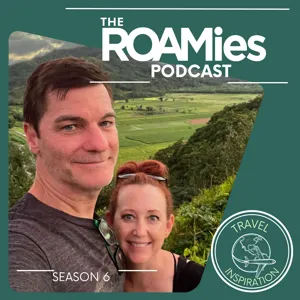BUILD A BASIC EMERGENCY SUPPLY KIT:
After an emergency, you may need to survive on your own for several days. A disaster supplies kit is a collection of basic items your household may need in the event of an emergency. Being prepared means having your own food, water and other supplies to last for several days. Make sure your emergency kit is stocked with the items suggested below. Once you take a look at the basic items consider what unique needs your family might have, such as supplies for pets or seniors.
To assemble your kit store items in airtight plastic bags and put your entire disaster supplies kit in one or two easy-to-carry containers such as plastic bins, backpack, or duffel bag.
A basic emergency supply kit could include the following recommended items:
* Water (one gallon per person per day for at least three days, for drinking and sanitation)
* Food (at least a three-day supply of non-perishable food)(can opener or scissors and utensils, depending on type of food). Ideally the food is high in water and calories.
* Battery-powered or hand crank radio or television and a NOAA Weather Radio with tone alert - Extra batteries for that
* Flashlight with Extra batteries for that and light sticks
* First aid kit and manual
* Whistle (to signal for help)
* Plastic sheeting and duct tape (to shelter in place)
* Moist towelettes, Hand Sanitizer garbage bags and plastic ties (for personal sanitation)
* Wrench or pliers (to turn off utilities)
* Manual can opener (for food)
* Physical “real” Local maps and a list of emergency out-of-area contact phone numbers
* Cell phone with chargers and a backup battery - ideally solar
* Dust mask (to help filter contaminated air)
* AND SPEAKING OF MASKS!…..
Since Spring of 2020, the CDC has recommended people include Additional Emergency Supplies in their kits to help prevent the spread of coronavirus or other viruses and the flu.
Consider adding the following items to your emergency supply kit based on your individual needs:
* Masks /Cloth FACE COVERINGS (for everyone ages 2 and above), soap, hand sanitizer, disinfecting wipes to disinfect surfaces
* Disposable gloves
* Prescription medications
* Non-prescription medications such as pain relievers, anti-diarrhea medication, antacids or laxatives and vitamins
ANY ITEMS THAT MEET YOUR UNIQUE FAMILY NEEDS, SUCH AS:
* Extra Prescription eyeglasses and contact lens solution, Hearing aid batteries
* Infant formula, bottles, diapers, wipes, pacifiers, and diaper rash cream
* Pet food and extra water for your pet
ALSO PACK
* Cash, coins, traveler's checks
* Important family documents such as copies of insurance policies, identification and bank account records, copies of credit cards and ID cards, pictures of your pets and family, phone numbers and maps: saved electronically and/or ideally in a waterproof, portable container
* Sleeping bag or warm blanket for each person- consider additional bedding if you live in a cold-weather climate
Thanks for your ongoing support!
http://paypal.me/TheROAMies
Alexa and Rory
The ROAMies
Please subscribe, rate and share our podcast!
Follow us at:
http://www.TheROAMies.com
The ROAMies: Facebook and Instagram
YouTube and Twitter.
GET YOUR TCHIBO coffee and machine HERE!




